As is frequently pointed out, anything – hammers, cars, guns…whatever – can be used for good or ill, depending on the user and intent. And such is the case with fentanyl. Though it’s the new “f-word,” fentanyl is one of the best, safest narcotic pain relievers in emergency medicine. This statement surprises a lot of people, so let’s talk about it.
This article contains affiliate links.
Hopefully this can give a little more insight into fentanyl, its uses, and what makes it so dangerous. This is my first attempt at writing something like this, and I’ve tried to put everything layman’s terms. Hopefully this gives some insight into a largely misunderstood drug.
Narcotic Analgesic Options
Fentanyl is widely used across the medical field. My experience is primarily with EMS use of fentanyl, so that is what this article will focus on. My agency carries three opioid pain relievers: morphine, hydromorphone, and fentanyl. These three are the mainstay of EMS providers, though others are out there. Each of these has some unique properties, and some pros and cons. I want to discuss each of these to illustrate some of the benefits of fentanyl, as well as to underscore how these closely related drugs can behave differently. Let’s look at each one.
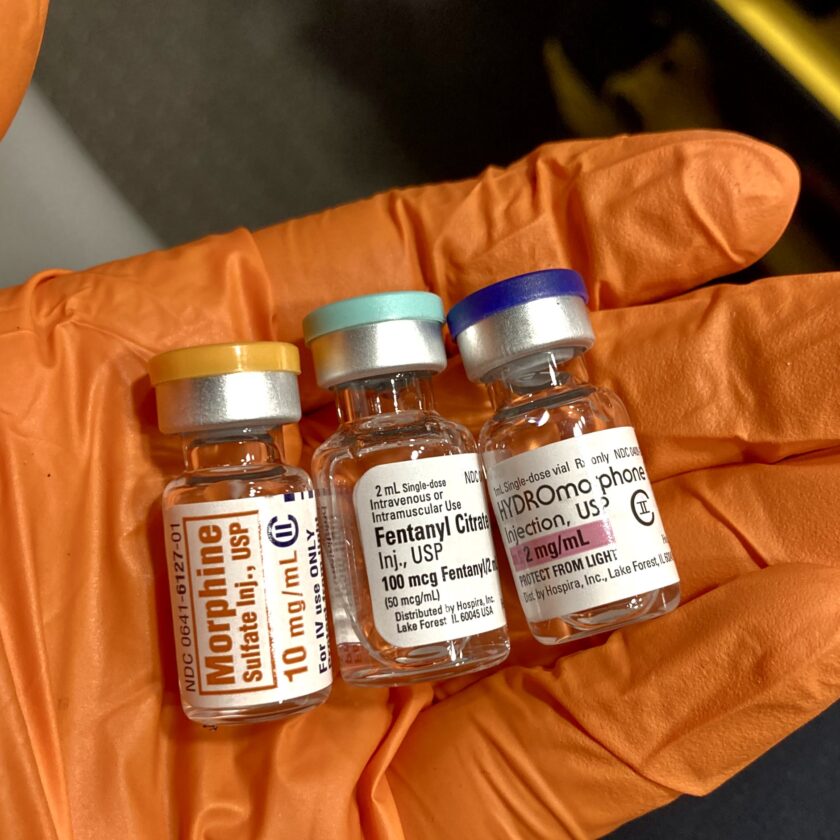
Morphine
Morphine is probably the medical narcotic that is most familiar to most people. First isolated in the early 1800s and in popular medical use by the late 1850s, morphine is very common in hospital settings. It is also commonly carried by paramedics, and I even carried an issued morphine auto-injector when I was in the Iraq. Morphine sulfate is a powerful opioid made from the refined sap of the opium poppy. It is a very effective pain reliever for many different types of pain.
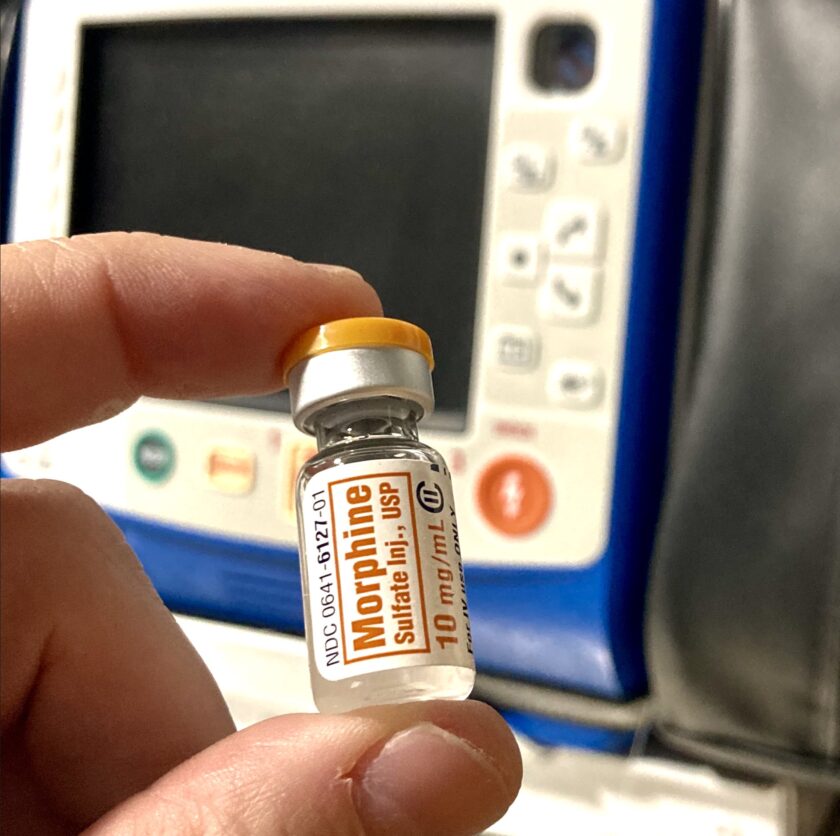
Morphine is also frequently given in cases of cardiac chest pain due to its vasodilatory properties, or tendency to cause the body’s vasculature to open up a bit. An acute myocardial infarction (AMI, or heart attack) occurs when an artery feeding the heart becomes blocked. A relaxing of these arteries can help blood flow around these obstructions, so morphine is in treatment protocols for chest pain. There are a few other uses for morphine but these are the most common.
Hydromorphone
Hydromorphone is more commonly known (at least at my agency) by the trade name Dilaudid. Another narcotic analgesic, Dilaudid is approximately 5 times more powerful than morphine. Dilaudid also has a much longer half-life, and thus a much greater duration of action than morphine. Reputedly this drug is best used for abdominal-type organ pain, but I find it very effective for musculoskeletal pain, too.
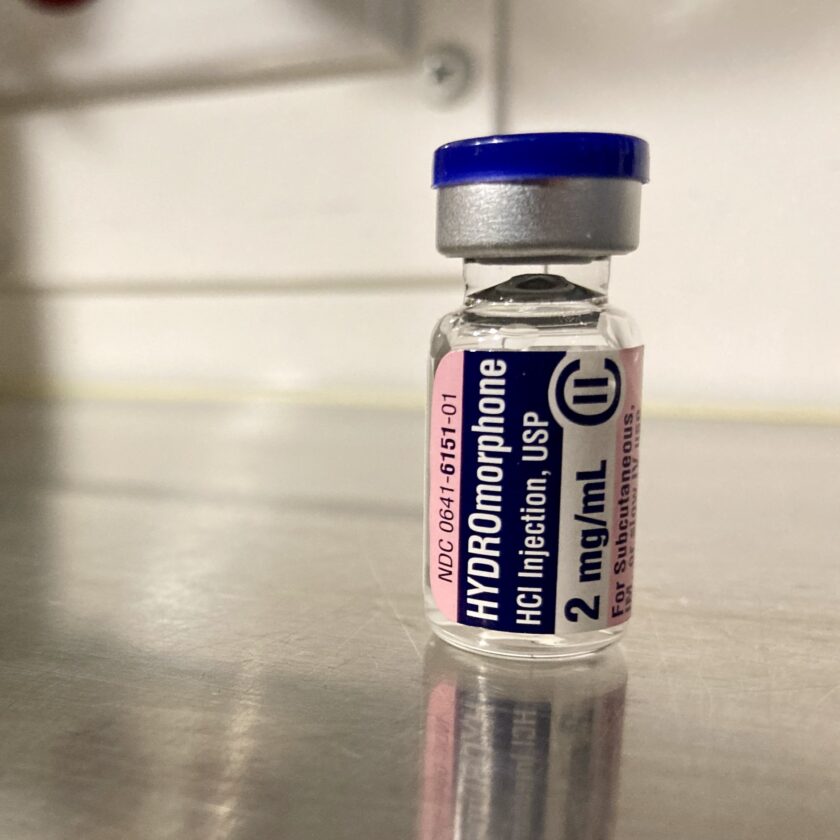
I happen to really like using Dilaudid for pain management due to its longer duration of action. This is especially true in SAR carry-outs where the patient may be in my care for hours. A couple milligrams of Dilaudid goes a very long way. Rather than put the patient on the up-down-up-down “pain roller coaster” of shorter-lived narcotics, Dilaudid keeps them comfortable, longer, before needing re-dosing.
Downsides of Morphine and Hydromorphone
Unfortunately, morphine and hydromorphone have some downsides. Morphine’s vasodilatory action takes a huge toll on blood pressure, causing it to drop, and this is also a big risk with hydromorphone. This is hugely problematic in a lot of medical emergencies. Blood loss from trauma or decreased cardiac output from a myocardial infarction can both simultaneously have associated low blood pressure and severe pain. Reducing blood pressure further in either of these cases could be life-threatening.
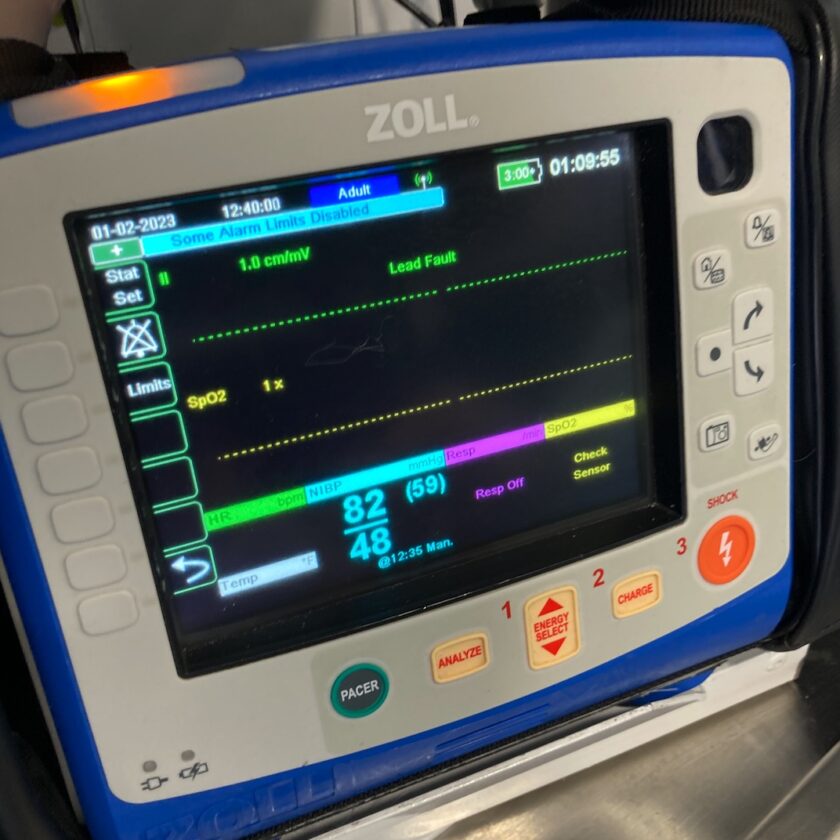
Both morphine and hydromorphone can – and often do – cause nausea. Nausea may seem like no big deal. However, a patient who warrants narcotics is already experiencing a pretty serious emergency. Adding vomiting to their list of complaints can create complications. Most seriously, vomiting can cause airway compromise. Airway compromise can cause an immediate life threat, or a longer-term threat such as pneumonia if vomitus is aspirated, which could lead to sepsis, septic shock, and ultimately death.
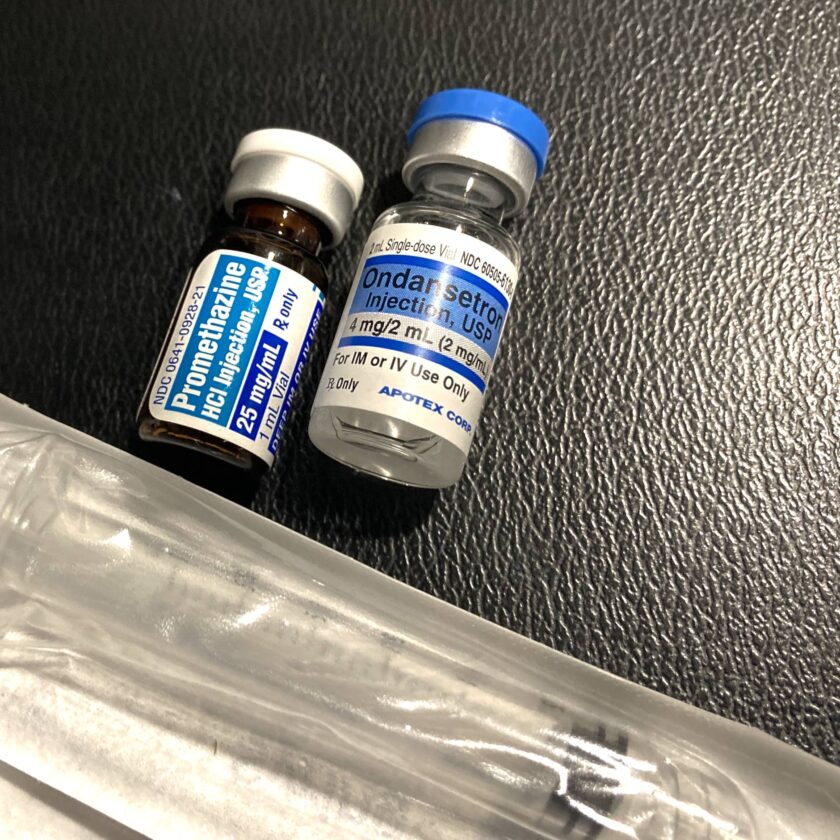
The odds of a serious negative outcome from vomiting go up with narcotic administration. Narcotics may cause a decrease in mental status the patient’s mental status, making them less able to protect their own airway, and the can also depress respiratory drive. Of course, there are anti-emetics we can give like Zofran (ondansetron) to prevent vomiting but they aren’t a guarantee.
Fentanyl
Fentanyl is the preferred narcotic analgesic of many a paramedic. There are plenty of reasons for this. Many patients are shocked to hear it, but fentanyl is incredibly safe at therapeutic doses. In my fairly limited experience, fentanyl has the least impact on blood pressure. This is great, because it opens the envelope of patients for whom we can manage severe pain, and managing pain is important. Fentanyl is also much less likely to cause nausea than morphine or Dilaudid. Though we can manage nausea, it’s always preferable it it doesn’t occur in the first place.
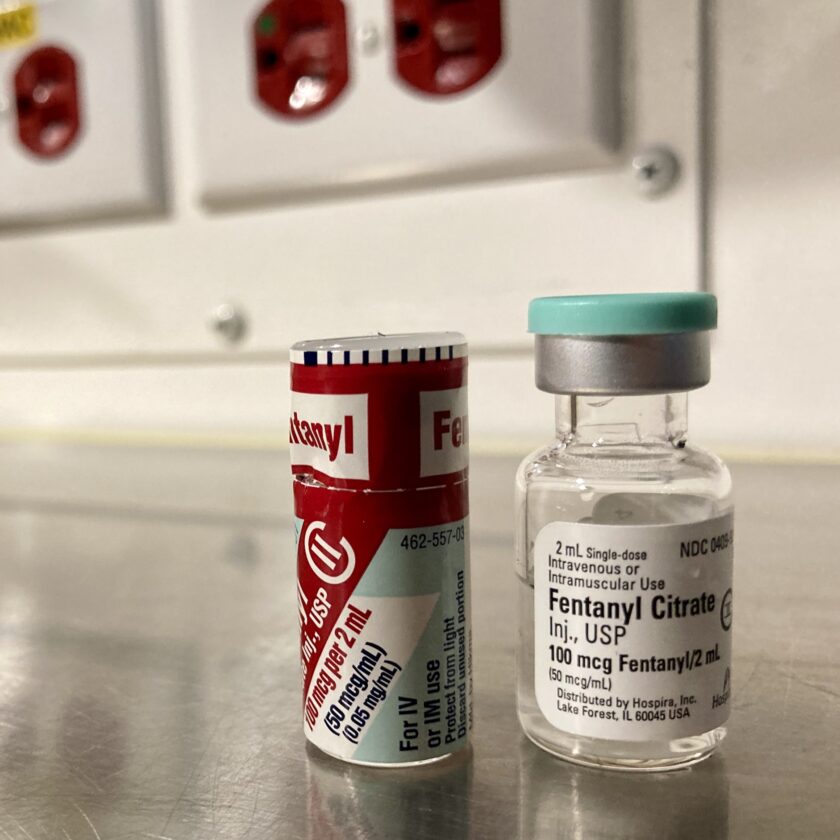
Fentanyl is incredibly powerful – 50 to 100 times more powerful than morphine, making very small doses highly effective in managing pain. It also works much faster than morphine. It has greater lipid solubility, allowing it to pass through the blood-brain barrier more easily. Fentanyl manages pain quickly, and with fewer of the downsides of morphine or hydromorphone. However, fentanyl has a very short half-life and its effects are fairly short lived. Where I may get an hour or more of relief from a milligram of Dilaudid, I will probably have to re-dose fentanyl several times within that same hour to achieve the same pain relief.
A Quick Anecdote
My first introduction to fentanyl was in the military. When I was in Afghanistan, instead of morphine, I was issued a fentanyl lollipop. These “lollipops” (technically called lozenges) were a on a stick, the idea was that it could be rubber-banded to an injured soldier’s wrist. He could self-administer, and if he had too much, he’d nod off to sleep, and the lollipop would be pulled from his mouth. When he woke up, he could re-dose as needed. I never used one (and they were tightly controlled – more so than hand grenades) but saw them used and they were amazingly effective.
Because of its powerful and rapid effectiveness, its hemodynamic stability, and its low likelihood of causing vomiting, fentanyl is the most-administered narcotic at my EMS agency, many times over. I suspect this is the case at many other agencies, too. How is it that this drug is simultaneously so dangerous?
Fentanyl’s Dark Side
Fentanyl certainly is dangerous. In 2021 in the United States, over 70,000 died from overdoses. Anecdotally many more people seem to have overdoses and survive due to quick intervention and Narcan administration from friends, family, bystanders, and police/fire/EMS. I see overdoses on a regular basis, even in the very rural small town where I work. How can this drug simultaneously be so safe, yet so deadly?
First, let’s look at a side effect of opioids that I haven’t mentioned yet: respiratory depression. Respiratory depression is how heroin, fentanyl, and other opioids kill. Interestingly, opioids don’t cause cancer of the esophagus, stomach lungs, destroy your liver, or cause emphysema or COPD (for more information on this check out Drug Use For Grown Ups: Chasing Liberty in the Land of Fear by Dr. Carl L. Hart). Instead, opioids kill you by causing respiratory depression – that is, knocking out your air-hunger and drive to breath. The victim of an overdose will usually go into respiratory arrest, which leads rather quickly to cardiac arrest.
Fentanyl Dosing
The lethality of fentanyl is primarily an issue of dosing. That is, users can’t determine the correct dose to achieve the desired effect – the high. As mentioned earlier, fentanyl is 50 to 100 times more powerful than morphine, 25-50 times more powerful than heroin. A lot of people misunderstand this concept of “100 times more powerful.” It doesn’t mean that you get a high that is 100 times stronger. Rather, it means that 1/100th is required to achieve roughly the same effect. It also means that 1/100th of an overdose will cause an overdose.
For instance, our approved initial dose of morphine is 5 milligrams (mg). Fentanyl is much, much more powerful. Our initial dosing range is 50-100 micrograms, with most erring on the lower end of that spectrum. To put that in perspective we give 5,000 micrograms (mcg) of morphine, but only 50 to 100 of fentanyl. In fact, we only carry a maximum of 500 mcg of fentanyl on the truck (5x 100mcg vials) versus 50,000 mcg (5x 10mg vials) of morphine.
So that’s all pharmaceutical-grade, legally procured fentanyl. What about the stuff on the street? Fentanyl on the street is still fentanyl. It’s still up to 50 times more potent than heroin. This is where it comes into play in overdoses.
Illicit Fentanyl
There are a lot of reasons that street drugs don’t come in uniform concentrations. Drug addicts get their drugs in various forms, but, often as not they come in a powder form. If not a powder, they may come in pills that are then crushed into a powder. Powder and illicitly-manufactured pills come in all sorts of potencies. They are cut with all sorts of different things. So even if a user knows without a doubt he is getting fentanyl, he has no way of knowing how strong it is.
One “shot” can be massively stronger than the last one or the last one hundred the user has taken. A user, accustomed to using a certain, imprecise measure, will inadvertently overdose because the bag he bought today is way stronger than the ones he has bought every day for the past year. Users can also overdose out of the same bag.
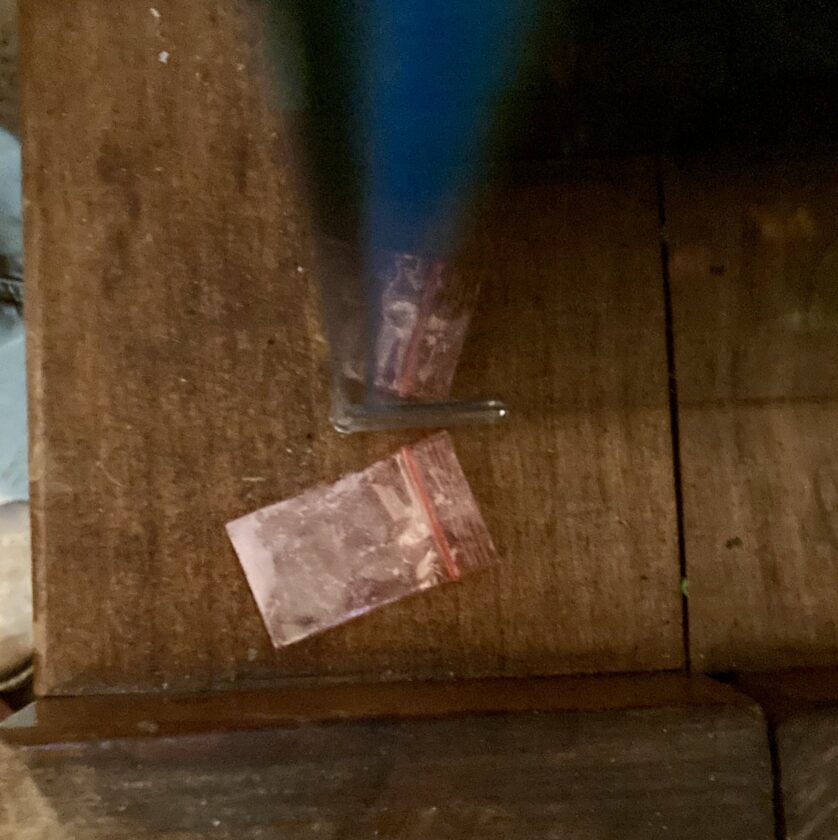
Often fentanyl is mixed with more desirable drugs like heroin to make a small supply of heroin go further. Since both these drugs have different molecular weights, they don’t distribute evenly in the bag. This leads to users getting a disproportionately high amount of fentanyl in one shot versus the the previous one. This is why users will sometimes refer to the last bit in the bag as “God’s corner,” though I’m not sure if this refers to a god-like high they receive, or the increased likelihood of “meeting god” from using that portion of the bag.
Users also sometimes overdose when using drugs that should contain no opioids whatsoever. Fentanyl is even sometimes found in what is sold as ecstasy and cocaine. Users also sometimes overdose when relapsing after a period of trying to get clean. The will revert back to using the amount they regularly used before they quit. Having lost their tolerance this becomes a lethal overdose. In fairness, though, this is possible with any opioid and is not unique to fentanyl.
But Why Fentanyl?
If users want heroin, why not give them heroin? Why lace it with something else? It all comes down to profit margins. One of my favorite books ever, and absolutely my favorite drug book, is called Narconomics: How to Run a Drug Cartel by Tom Wainwright. This incredibly interesting book details the economics of drug-dealing, including why despite our tremendous efforts at enforcement, the price of something like cocaine has actually gone down in the last 50 years.
If you look at fentanyl from an economic standpoint it makes total sense. First, it is entirely synthetic, so you don’t need thousands of acres, good soil, and sun and rain in the right proportions. You don’t need many hands to harvest it. You need not worry about the DEA spotting it from the air and spraying it with defoliants. Instead, it is made in a lab in countries like Mexico or China, some precursor chemicals, and a modestly-trained chemist. In fact, China subsidizes industrial-scale manufacture of fentanyl as long as it is destined for export to the United States, as detailed in Fentanyl, Inc. by Ben Westoff.
Because it is cheaper to produce, it is cheaper to sell, but that’s not all that makes fentanyl dirt cheap. Because it is 50 times more potent than heroin, you only need 1/50th the space to store an equivalent amount of it. This makes smuggling massively easier – on all scales, from a swallowed condom to huge shipments. Smaller packaging also means less is lost to discovery by law enforcement in transit. If it is lost, it’s cheaper to make, anyway, so the loss doesn’t hurt that much. Because it is 50x more powerful, the profit on a small package of fentanyl greater than the profits on large package of heroin. You get the idea.
The Bottom Line
My sincere hope is that this has given you a few things to think about and a little more perspective on a drug that few know anything about, other than what they hear on the news. Like many things that can be used for ill, fentanyl has some amazing properties that make it hugely beneficial. Hopefully you won’t recoil in horror when your mom breaks her hip and the medics offer fentanyl for pain relief. I also hope this has given you a few things to think about in regards to opioid problem blighting our country.
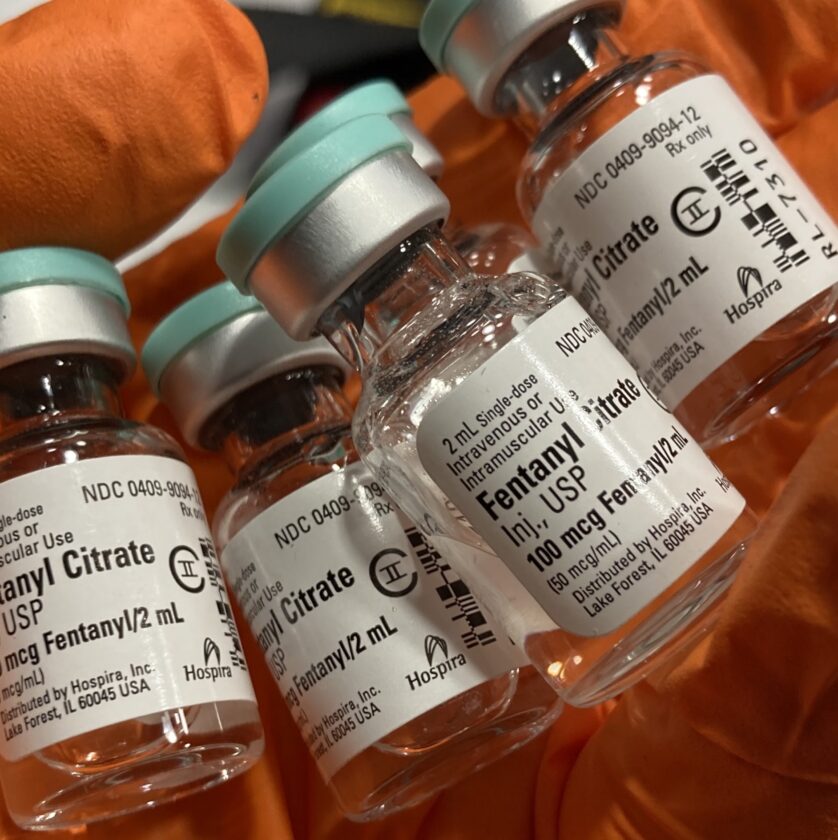
I have responded to scores of overdoses in the past three years of working EMS. It is easy to get the idea that these people are sub-human, that they deserve to die, or aren’t worthy of your help. This is a mistaken belief in my opinion. I’m not a bleeding heart or an academic – I’m out on the street, getting dirty, dealing potentially violent addicts almost every shift. An overdose was my last call before I got off last night. These people are human and their stories are often far more complicated than you can imagine.
If you want to know more about the opioid epidemic, I recommend you get out there and see it first hand. Since most of you won’t do that, you should at least make the effort to read a few books on the topic. Dreamland by Sam Quinones and Dopesick by Beth Macy are outstanding reads from an in-the-weeds perspective. Personal stories fill both of these books. If you want the ultimate tome on the Original Sin that sparked the current wave of addiction and the resulting deaths, check out Pharma: Greed, Lies, and the Poisoning of America by Gerald Posner.






3 thoughts on “Let’s Talk About Fentanyl”
Comments are closed.